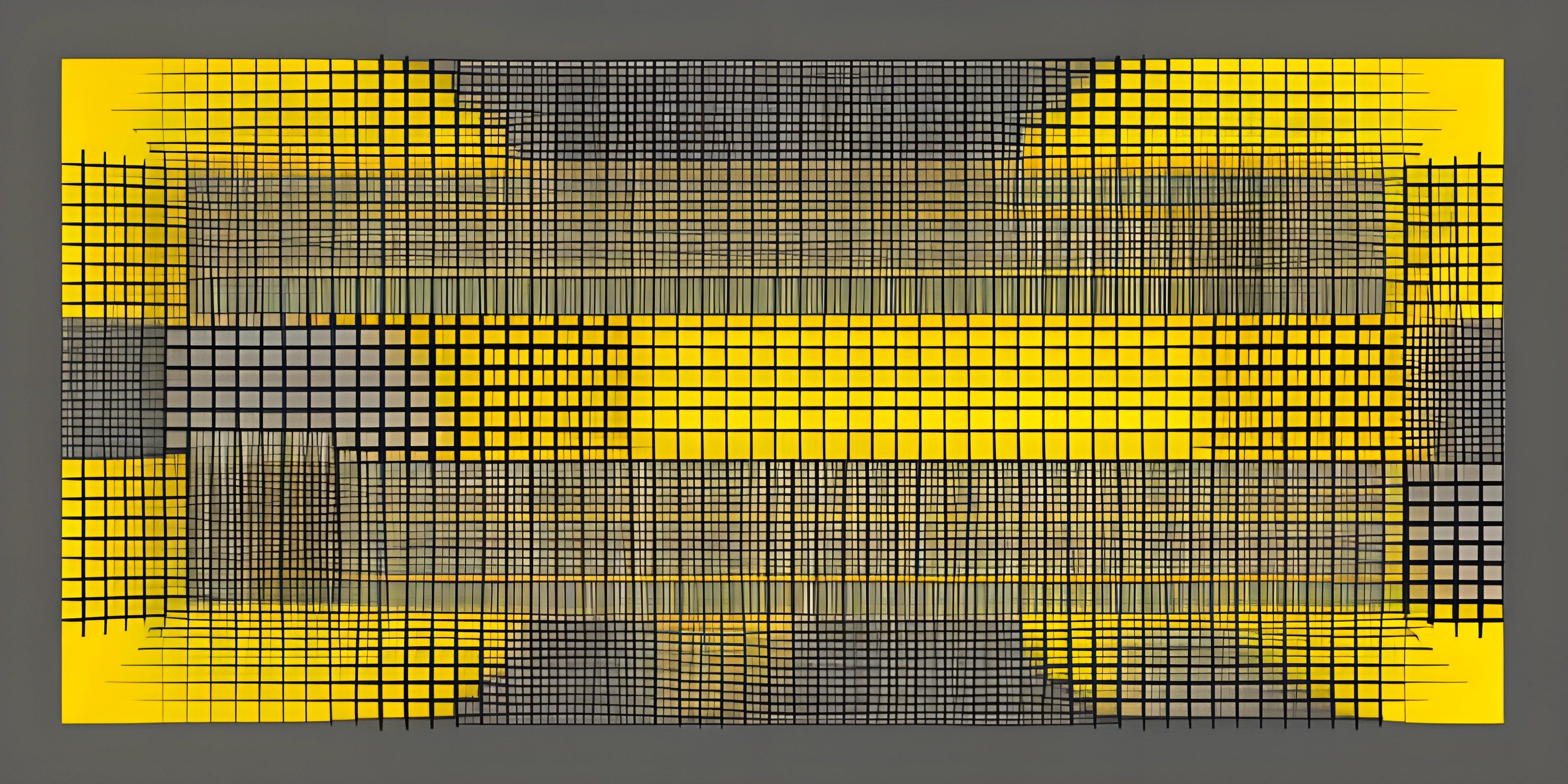MATLAB Arrays: Understanding and Creating

Note: this page has been created with the use of AI. Please take caution, and note that the content of this page does not necessarily reflect the opinion of Cratecode.
MATLAB is a high-performance language for technical computing. One of its most important features is the ability to perform mathematical operations on arrays, which are the foundation of many scientific and engineering calculations. In this article, we'll dive into arrays, their creation, and manipulation in MATLAB.
What are arrays?
In MATLAB, an array is a collection of elements organized into rows and columns. Arrays can have any number of dimensions, but most commonly used are 1-dimensional (vectors) and 2-dimensional (matrices). Arrays are the primary data structure in MATLAB and are used to represent many types of data, such as images, audio signals, and numerical data.
Creating arrays
To create an array in MATLAB, you can use square brackets [] and separate the elements with spaces (for columns) or semicolons (for rows). Let's create a 2x2 matrix:
A = [1 2; 3 4]
This will create a 2x2 matrix A:
A =
1 2
3 4Accessing array elements
To access elements within an array, use parentheses () and provide the row and column indices. For example, to access the element in the first row and second column of A:
element = A(1, 2)
This will give us the value 2.
Array manipulation
There are various operations you can perform on arrays in MATLAB. Some common ones include:
- Transpose: To transpose an array (swap rows and columns), use the single quote
':
B = A'
- Element-wise operations: You can perform element-wise addition, subtraction, multiplication, and division using the
.+,.-,.*, and./operators, respectively:
C = A .* A
This will give us:
C =
1 4
9 16- Matrix multiplication: To perform matrix multiplication, use the
*operator:
D = A * A
This will give us:
D =
7 10
15 22Array functions
MATLAB provides many built-in functions to work with arrays. Some of the notable ones are:
size(): Returns the dimensions of an array.length(): Returns the largest dimension of an array.reshape(): Changes the dimensions of an array while keeping its elements.sum(): Calculates the sum of elements along a specified dimension.mean(): Calculates the mean value of elements along a specified dimension.
For example, to calculate the sum of each column in our 2x2 matrix A:
column_sum = sum(A)
This will give us:
column_sum =
4 6Conclusion
Arrays are a fundamental data structure in MATLAB and are essential for working with numerical data. By understanding how to create, manipulate, and work with arrays, you can harness the power of MATLAB for a wide range of scientific and engineering applications.
Hey there! Want to learn more? Cratecode is an online learning platform that lets you forge your own path. Click here to check out a lesson: Reading Data Files (psst, it's free!).
FAQ
What is an array in MATLAB?
An array in MATLAB is a collection of elements organized into rows and columns. Arrays can have any number of dimensions, but the most common are 1-dimensional (vectors) and 2-dimensional (matrices). Arrays are the primary data structure in MATLAB and are used to represent many types of data, such as images, audio signals, and numerical data.
How do you create an array in MATLAB?
To create an array in MATLAB, use square brackets [] and separate the elements with spaces (for columns) or semicolons (for rows). For example, to create a 2x2 matrix: A = [1 2; 3 4].
How do you access elements within an array in MATLAB?
To access elements within an array in MATLAB, use parentheses () and provide the row and column indices. For example, to access the element in the first row and second column of an array A: element = A(1, 2).





